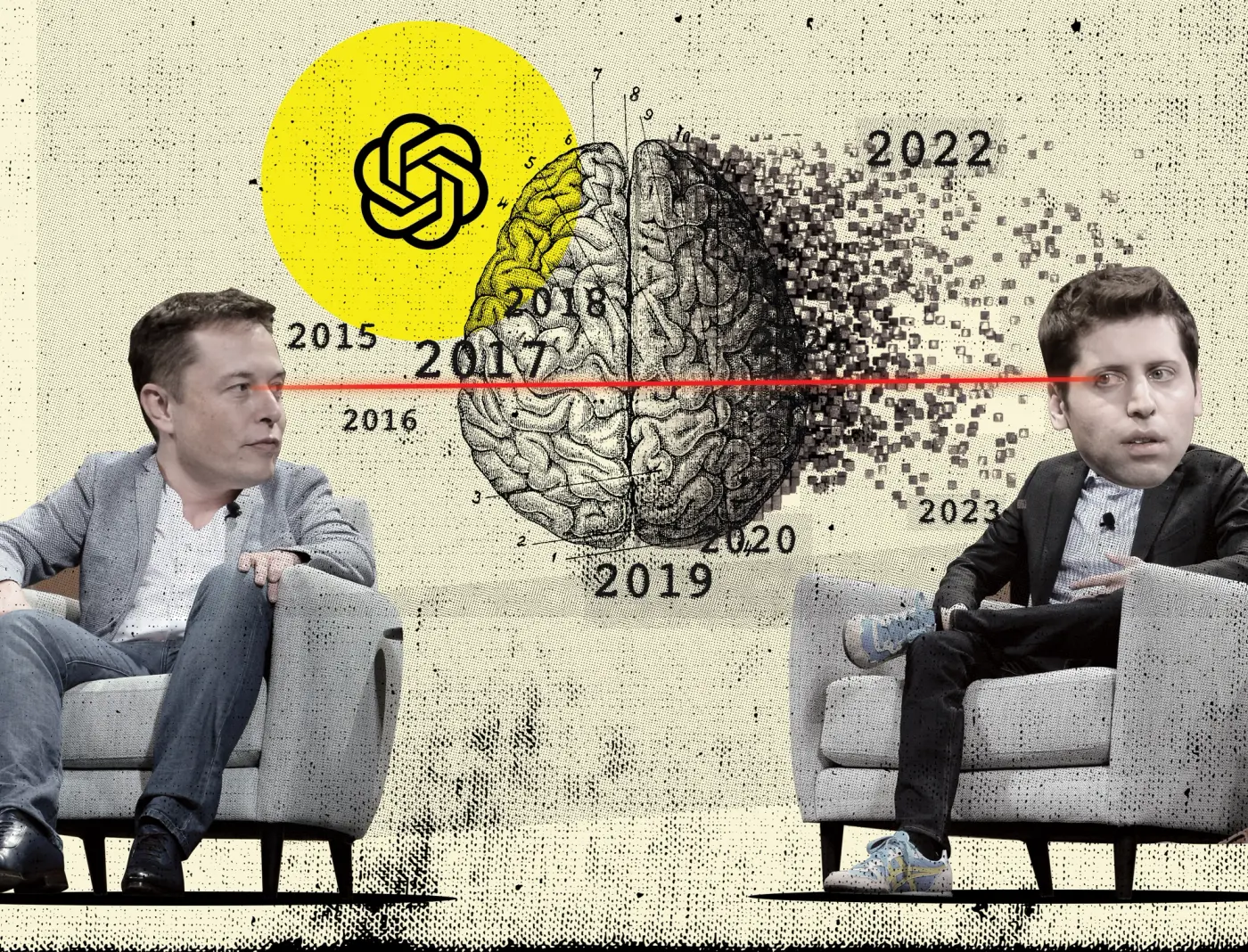Introduction
In the fast-evolving landscape of artificial intelligence, OpenAI Chronology stands as a beacon of innovation and responsible development. From its inception in December 2015 as a non-profit research company founded by visionaries like Elon Musk and Sam Altman, OpenAI has traversed a remarkable journey, witnessing transformations, breakthroughs, and strategic shifts.
This comprehensive chronology encapsulates the key milestones that have shaped OpenAI’s trajectory, from the release of foundational tools like OpenAI Gym to the unveiling of groundbreaking language models such as GPT-3 and ChatGPT. Join us on a deep dive into the annals of OpenAI’s evolution, exploring how it has not only advanced the frontiers of artificial intelligence but has also adapted to the dynamic demands of the industry.
Join Our WhatsApp News for updated information on semiconductors & AI
The OpenAI Chronology
Inception and Non-Profit Foundations (2015-2016)
December 2015: OpenAI emerged as a brainchild of tech visionaries Elon Musk, Sam Altman, Ilya Sutskever, and other luminaries. Founded as a non-profit research company, OpenAI set its sights on advancing artificial general intelligence (AGI) in a safe and responsible manner.
June 2016: OpenAI made an early stride in promoting research with the release of OpenAI Gym. This toolkit became a cornerstone for the development and evaluation of reinforcement learning algorithms, fostering collaboration within the burgeoning AI research community.
Read More: Sam Altman is not Returning to Open AI; Joins Microsoft to lead AI Research
Language Models and Breakthroughs (2016-2018)
September 2016: OpenAI entered the realm of natural language processing with the publication of a research paper on Universal Language Model Fine-tuning (ULMFiT). This laid the groundwork for advancements in language models, showcasing OpenAI’s commitment to pushing the boundaries of AI.
February 2017: The organization took a practical step by releasing a public beta of its first AI product—an API for generating realistic dialogue. This marked OpenAI’s foray into applied AI solutions.
2018: OpenAI delved into the realm of gaming AI, presenting a research paper on Dota 2 AI. This demonstrated the organization’s ability to train AI agents to play complex games at a level comparable to human experts. Simultaneously, OpenAI showcased its creative prowess with an AI agent capable of generating diverse text formats, from poems to code. Elon Musk steps down from OpenAI’s board of directors.
Read More: 4 Reasons why Sam Altman Might have left OpenAI
Transition to For-Profit and Strategic Partnerships (2019-2020)
January 2019: In a strategic move, OpenAI announced its transition from a non-profit to a “capped” for-profit company. This shift signaled a new phase in OpenAI’s evolution, aligning its structure with the dynamic landscape of AI development.
May 2019: Microsoft entered the scene, investing a substantial $1 billion in OpenAI. This partnership bolstered OpenAI’s resources and positioned it for collaborative endeavors with one of the tech industry’s giants.
2020: OpenAI unveiled the OpenAI API, empowering developers to integrate the organization’s powerful models into their applications. The highlight of the year was the launch of GPT-3 in June—an astonishing language model that was 100 times larger than its predecessor.
GPT-3 and Further Research (2020-2021)
September 2020: GPT-3’s public release marked a major milestone. The language model’s capacity to generate coherent and contextually relevant text captivated the AI community and beyond.
2021: OpenAI’s research continued to make waves with the publication of papers on InstructGPT and DALL-E. These contributions showcased advancements in understanding and generating text based on instructions and generating images from textual descriptions.
Read More: Explained: What the hell is ChatGPT
ChatGPT and Subscription Service (2021-2023)
Early 2021: OpenAI revealed its work on ChatGPT, an AI model designed for engaging and informative conversations. This was a response to the growing demand for conversational AI that could understand and respond in a more human-like manner.
November 2022: ChatGPT was officially launched, introducing a model capable of generating realistic and coherent chat conversations. Users gained access to a powerful tool for natural language interactions.
February 2023: OpenAI introduced ChatGPT Plus, a subscription service offering users unlimited access to ChatGPT and priority support. This move aimed to provide enhanced services to users while sustaining OpenAI’s ongoing research and development efforts.
March 2023: Microsoft integrated ChatGPT into its Bing search engine, reflecting a strategic collaboration that aimed to enhance user experiences in search queries.
Read More: How a Google Research Paper gave birth to its Rival, ChatGPT
Leadership Changes and Future Collaborations (2023)
November 2023: A surprising turn of events saw the resignations of Sam Altman and Greg Brockman as CEO and President of OpenAI, respectively. Both leaders joined Microsoft, signaling a deeper collaboration between the two organizations. This move underscored the dynamic nature of leadership in the AI industry and the evolving landscape of strategic partnerships.

Read More: Explained: What the hell is ChatGPT
Conclusion
OpenAI Chronology from a non-profit research company to a dynamic for-profit enterprise has been marked by continuous innovation, strategic partnerships, and a commitment to responsible AI development.
OpenAI’s story serves as an inspiration for those navigating the intricate intersections of technology, ethics, and societal impact. The evolution of OpenAI reflects not only advancements in AI research but also the maturation of the AI industry as a whole.



